what is a slip sheet
A slip sheet is a thin, flat sheet (typically made of cardboard, plastic, or fiberboard) used in logistics and warehousing as a lightweight alternative to traditional pallets. It is placed beneath a stack of goods (like boxes, bags, or drums) to allow forklifts with push-pull attachments to move the load without a pallet.
Key Features of a Slip Sheet
Material Options:
Kraft Paper: Cheap, disposable (best for one-way shipments).
Plastic (HDPE): Durable, reusable, water-resistant.
Corrugated Fiberboard: Balances strength and recyclability.
Design:
Has an extended lip (1-3 inches) for forklift clamps to grip.
Some include anti-slip coatings or edge guards for stability.
Thickness:
Ranges from 0.5mm (paper) to 2mm (plastic)—much thinner than pallets.
How Slip Sheets Work
Step 1: The slip sheet is placed under a stacked load.
Step 2: A forklift with a push-pull attachment clamps the lip and drags the load (instead of lifting).
Step 3: The load is moved into trucks/containers, maximizing space.
Why Use Slip Sheets?
✅ Cost Savings – Cheaper than pallets, no return logistics.
✅ Space Efficiency – Fits 5-10% more goods in containers (no pallet height).
✅ Eco-Friendly – Recyclable, reduces wood/plastic waste.
✅ Hygienic – No pest risks (unlike wooden pallets).
Common Uses: Food, pharmaceuticals, retail, and export-heavy industries.
Slip Sheet vs. Pallet
| Factor | Slip Sheet | Pallet |
|---|---|---|
| Thickness | 0.5–2mm | 100–150mm |
| Cost | 5 per sheet | 50 per pallet |
| Reusability | Disposable or reusable | Reusable but heavy |
| Equipment | Needs push-pull forklift | Works with any forklift |
Example: A beverage company uses plastic slip sheets to ship cans—saving $20,000/year in pallet costs and fitting 8% more products per truckload.
Need help choosing the right slip sheet? Ask about material options for your industry!

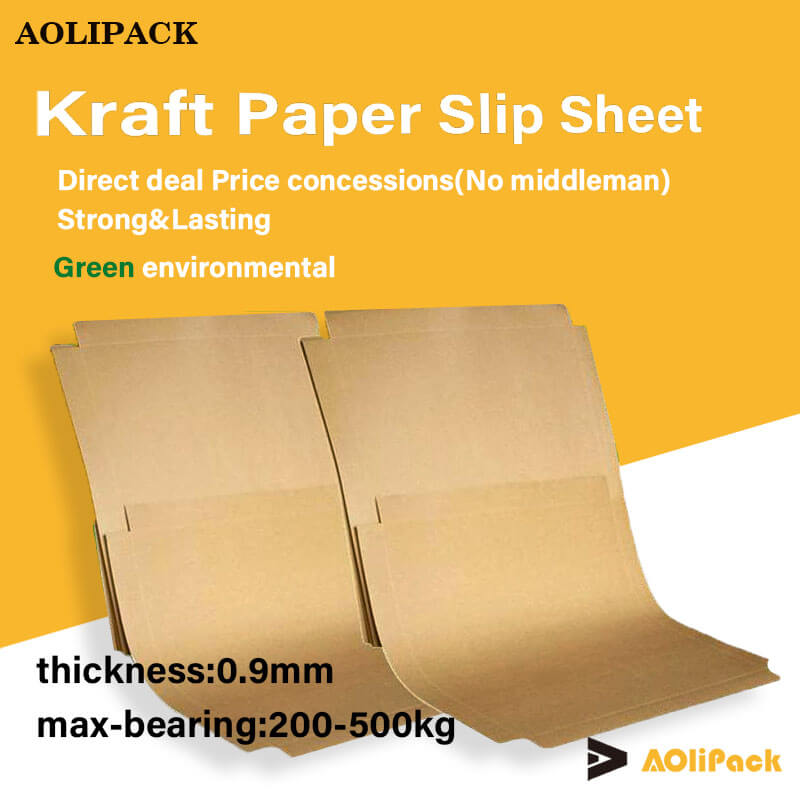
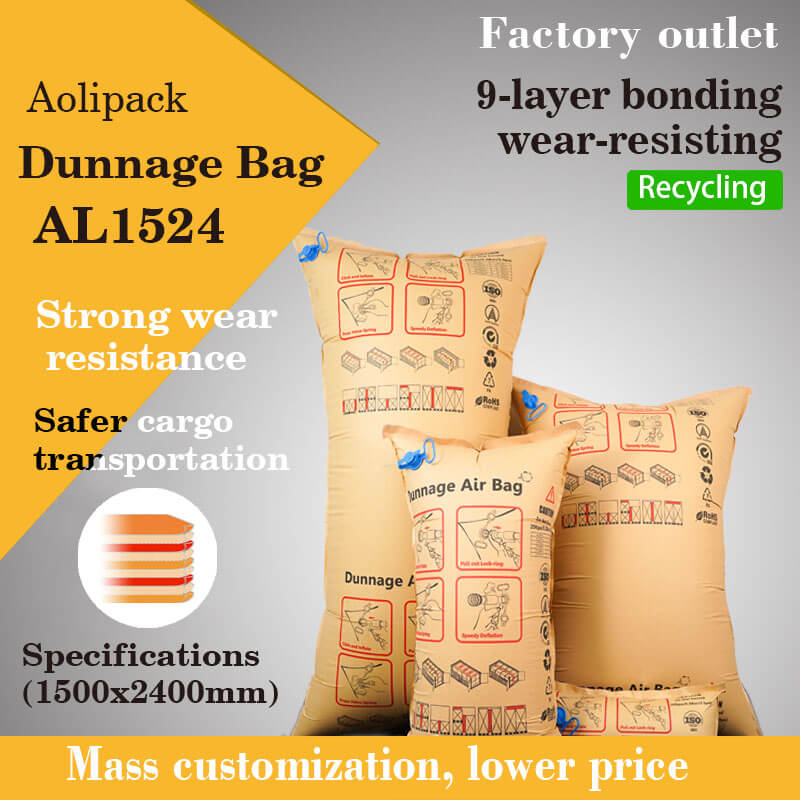
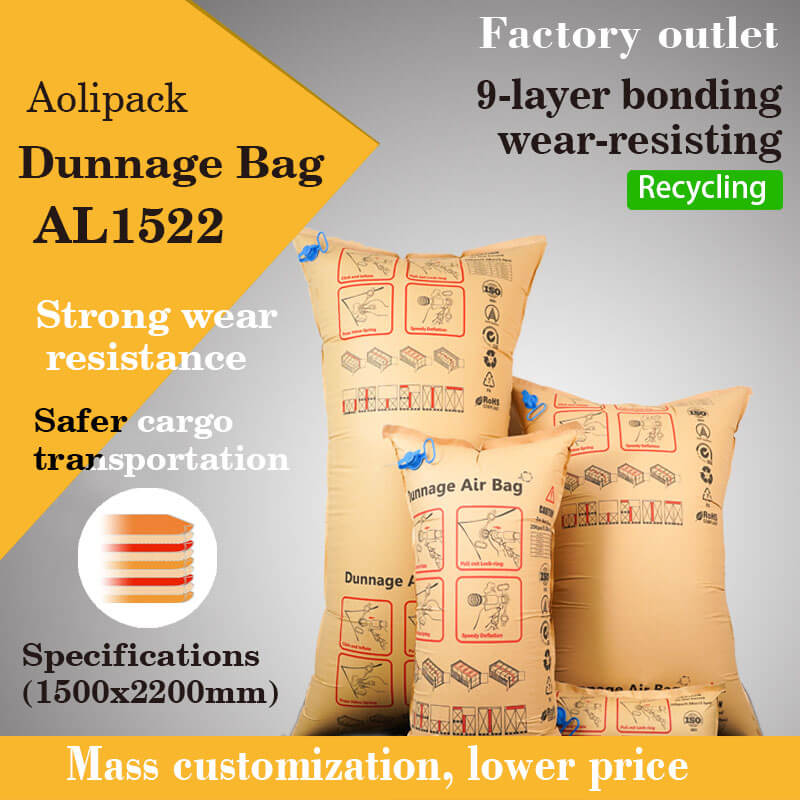
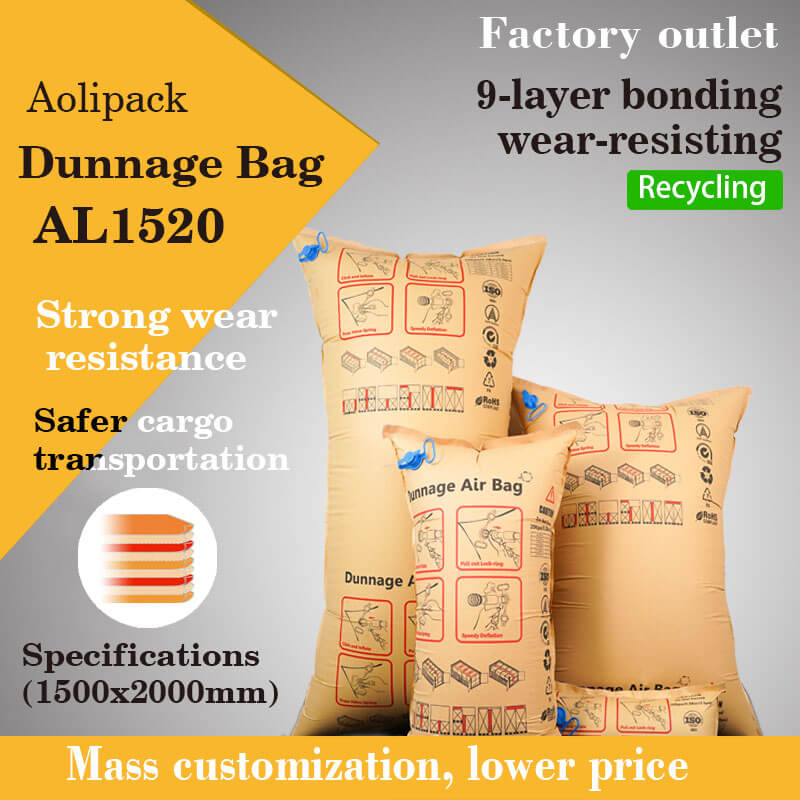
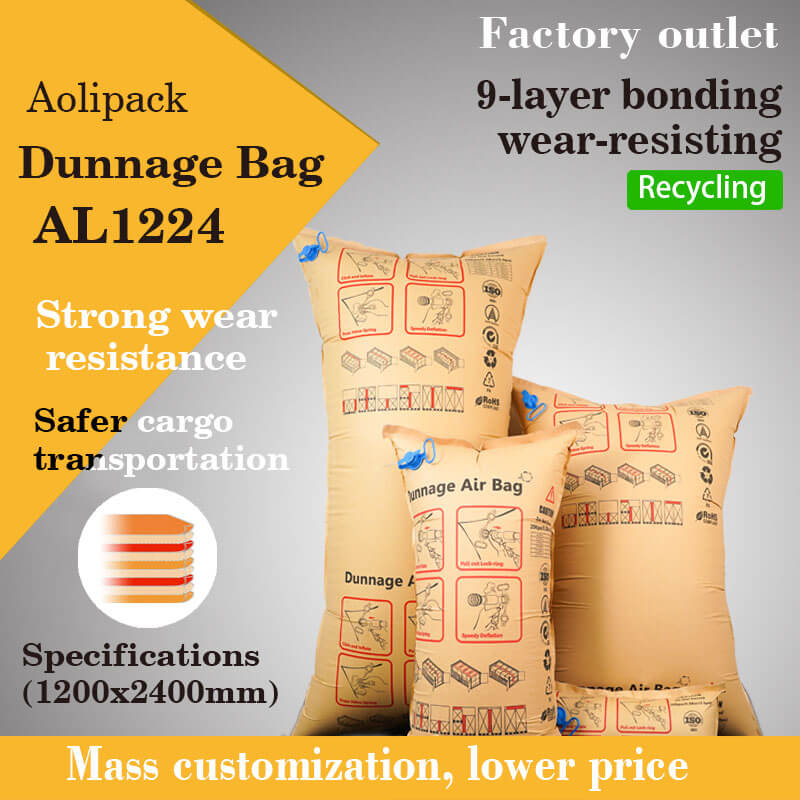

 wechat consulting
wechat consulting